
This is the eighth module of GuildOne’s Blockchain Digest. The previous module offered a high-level overview of the oil and gas industry, how it works and how blockchain solutions can benefit the industry. In this module, we’ll look at an oil and gas transaction type that is particularly well suited for blockchain – royalty payments.
Oil and Gas Royalties
In simple terms, royalties are payments made by oil and gas companies (known as producers) to landowners or other rights holders for the right to extract oil and gas from their land. They are a way for landowners to earn value from their oil and gas resources that they wouldn’t be able to develop on their own. The royalty is usually a cash payment that is a percentage of the value of the commodity. However, in some cases, the landowner may choose to be compensated with a percentage of the commodity that is extracted.
While this may seem straightforward, royalty payments are often complex, involving different oil and gas assets, varying royalty percentages and different types of calculations such as fixed rate, sliding scale and so on. Furthermore, some jurisdictions have different types of royalties. For instance, the province of Alberta has two types: the Gross Overriding Royalty (GORR) and the Lessor Overriding Royalty (LOR). Further, different categories of land may entail different royalty structures. In Canada, for instance, land may be fee simple (the most common form of land ownership) or owned by the Crown (or the government). Each has a different royalty regime.
Royalty Stakeholders
Further, royalties involve numerous stakeholders. They are generally governed by the state or province’s oil and gas regulator. And, in addition to the producer and landowner, there is often a royalty management company involved. Most landowners don’t have the time or expertise to track the value of their royalties or to ensure they are receiving their full payments. They may have multiple producers operating on their land, or they may have reached different royalty agreements for different assets operating on their land. As a result, many use a royalty management company to help them.
Producer Issues
Producers often have royalty agreements with hundreds of landowners, each of whom may have negotiated a different royalty percentage with the producer, and most of whom will have different volumes of oil or gas being produced on their land. Some of those landowners may have multiple parcels of land – or different commodities – each of which has a different royalty structure or percentage. Further, they may operate in multiple jurisdictions that have different royalty regulations. This can create a lot of complexities for producers in managing their royalties.
Traditional Approaches: Dispute and Distrust
Landowners generally have to rely on the producers for the data that is used to calculate the royalties owed. The calculation and payment of royalties have traditionally been performed manually, which can be very time-consuming and prone to errors. Miscalculations and disputes over the data used to calculate the royalty often require the data to be manually reconciled, which can entail significant administrative costs.
Fundamentally, these disagreements are borne of mistrust. Royalty parties often have competing interests—benefits to one party may come at the expense of another. And because the data at the heart of the royalty calculation is held by the producer, the landowner may dispute the data. Further, the contractual terms of the royalty agreement may be subject to different interpretations. Each of these considerations can lead to disputes that cost money and undermine the relationship between the parties. Blockchain is an ideal solution for these issues.
Blockchain in Oil and Gas Royalties
Blockchain allows parties to agree upon the data prior to entering into the agreement and to view all the data on which the royalty transactions are based. This avoids disputes over data. The ledger is shared and transparent, so both parties can view the production data, and immutable, so both parties can trust that the data has not been altered. This eliminates data-driven dispute and removes the requirement for data reconciliation, which is both time-consuming and resource-intensive.
The smart contract component of blockchain allows the parties to agree upon and automate the transactional terms of the agreement. This offers two benefits. First, it removes potential dispute over payments by having both parties agree upon how the payment will be calculated and paid up front. Second, it allows the transaction to be triggered automatically when the contractual terms are met. This avoids costly delays due to traditional administrative processes (such as issuing invoices or purchase orders) and instead allows for instant value exchange upon the completion of the triggering event, such as the production of a barrel of oil.
Blockchain Benefits
Blockchain thus brings a number of benefits to oil and gas royalty transactions. First, the automation, transparency and immutability of royalty data saves significant time and resources. Some industry observers believe that blockchain could reduce costs associated with transactions by up to 80%. Secondly, the automation of payments drastically reduces transaction times. Transactions that used to take 90 days, can now be completed in 90 seconds.
Blockchain and Royalties in Adjacent Industries
The challenges of managing royalties in the oil and gas industry are typical of those encountered in other royalty-based industries as well: different stakeholders with different (often competing) interests using different means to assess and fulfill contractual terms. This is particularly true in sectors in which royalty holders—such as artists, creators or landholders—do not have the expertise to understand the intricacies of the royalty process.
Because the data is not shared, transparent and immutable, it is a source of mistrust and dispute. Further, the terms of the transaction may be disputed by one party or another. The royalty holders may have to rely on expensive intermediaries to protect their interests and their entitlements. In such cases, smaller parties with less resources may be at a significant disadvantage and may struggle to secure their rightful royalties. Blockchain offers a tool to remove this stakeholder inequity, democratizing knowledge and data, and providing a much more level playing field for all parties.
In the next module of the Blockchain Digest…
In this module we have looked at royalties, an oil and gas transaction type that is well suited to blockchain. In the next module, we’ll discuss some other transactions in oil and gas, such as: joint ventures, authorizations for expenditure and road allowances.
Recommended Readings / Resources
Feedback
Please tell us what you thought about this module and the Blockchain Digest by filling out a short survey here.














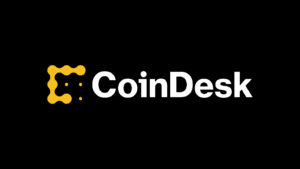


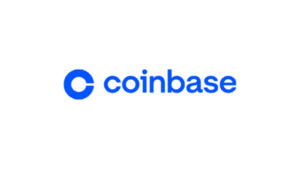



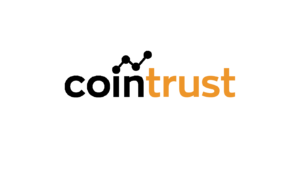
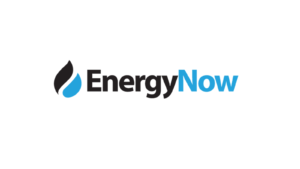




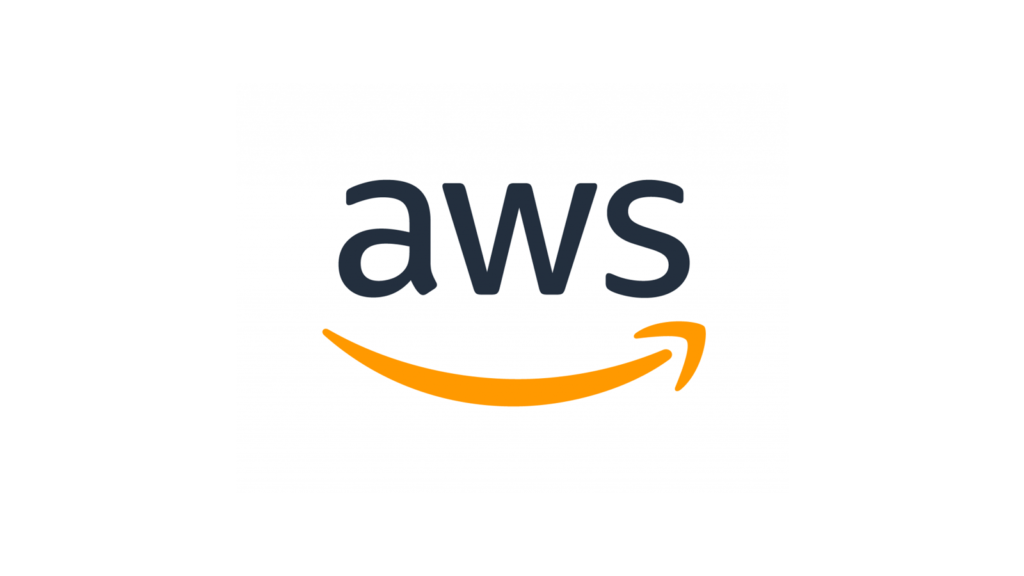
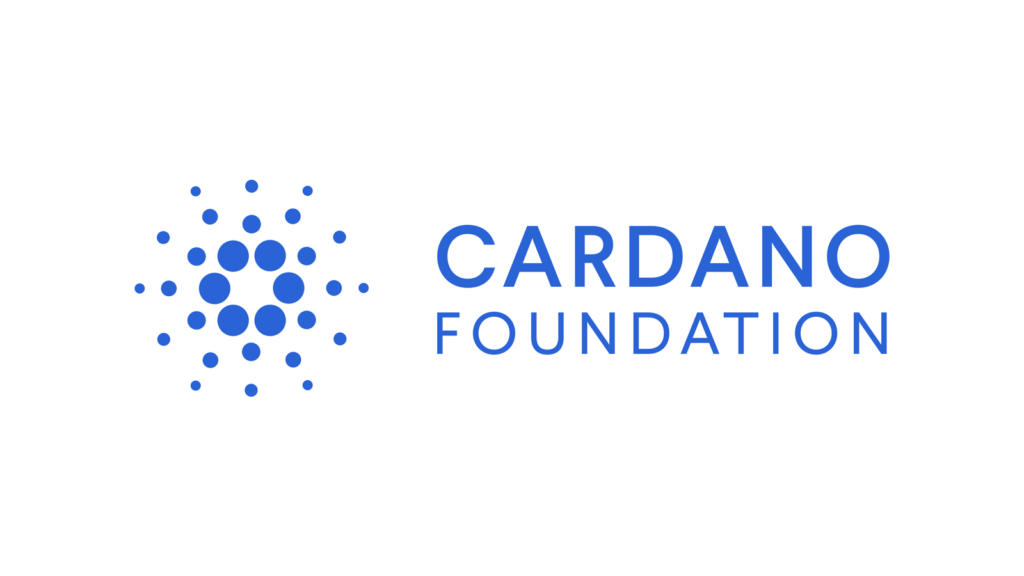
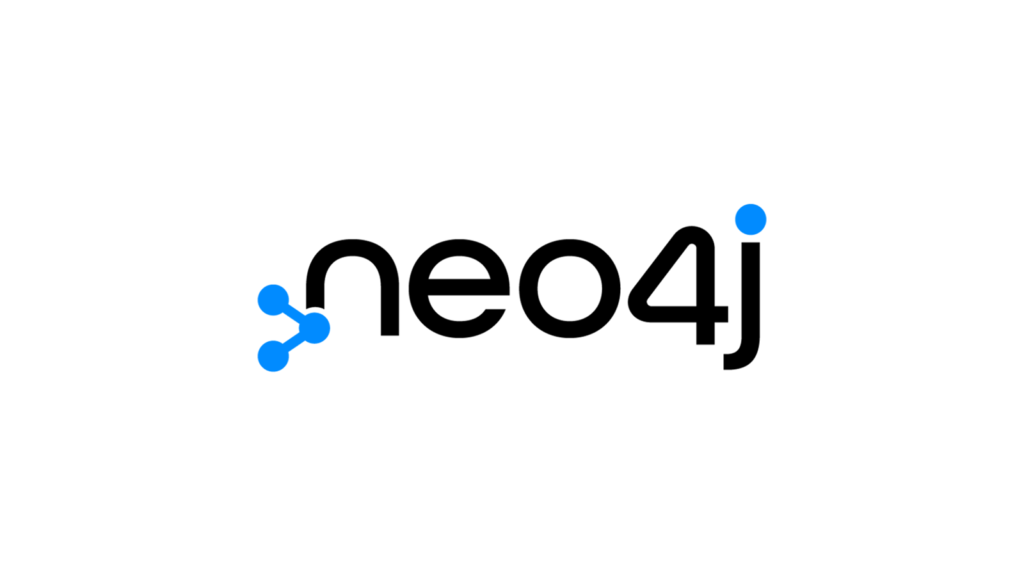
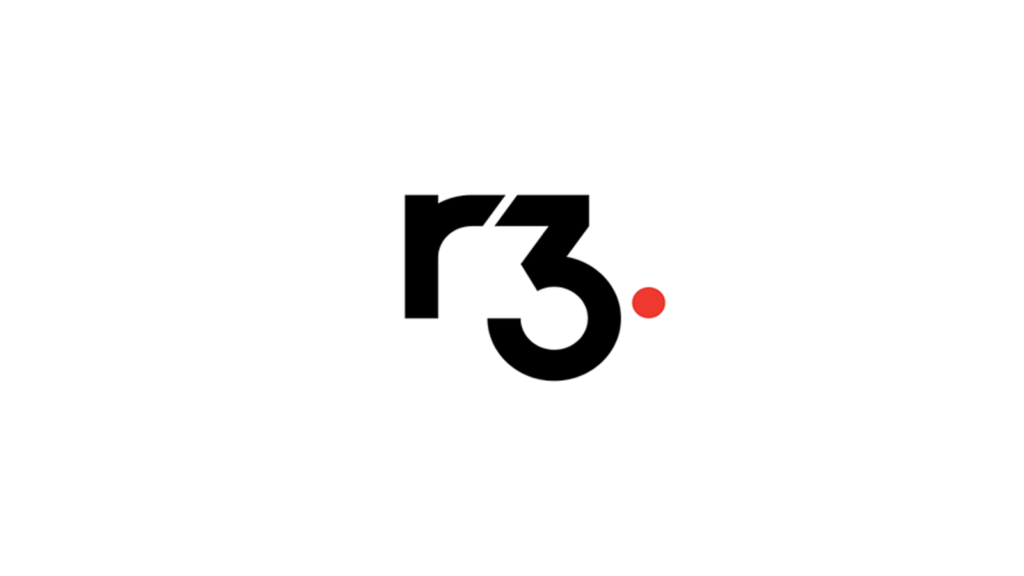

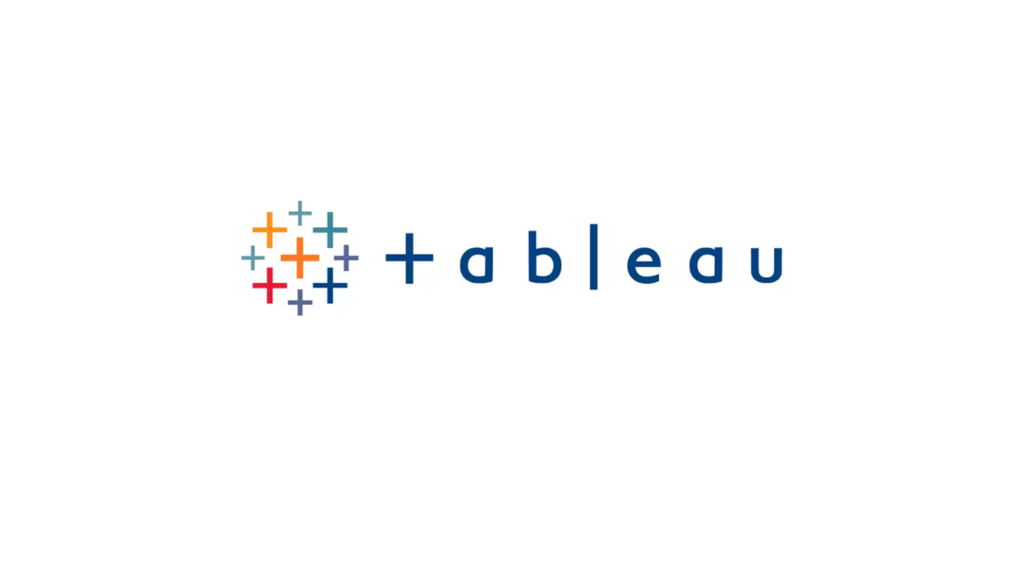
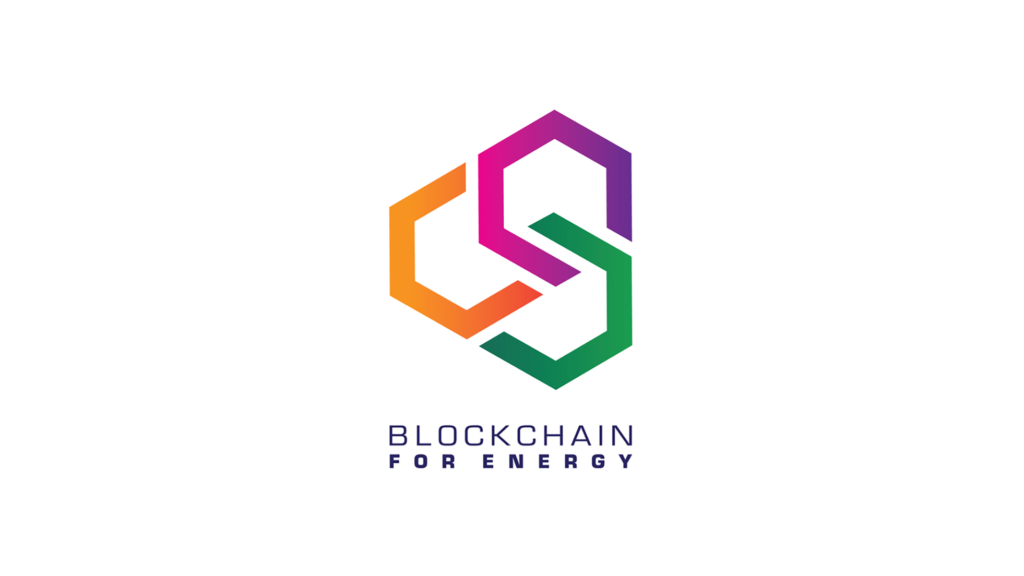
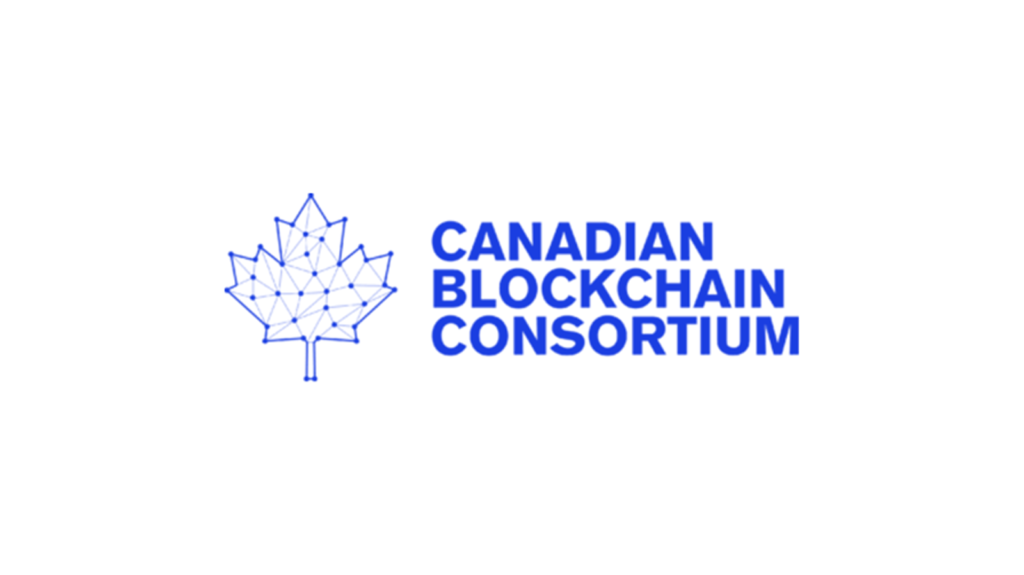
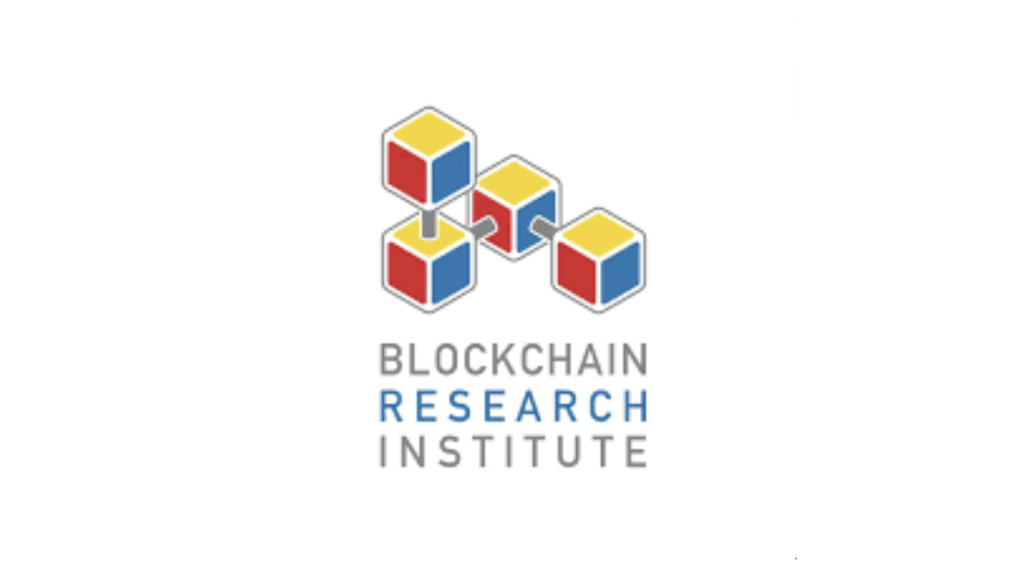
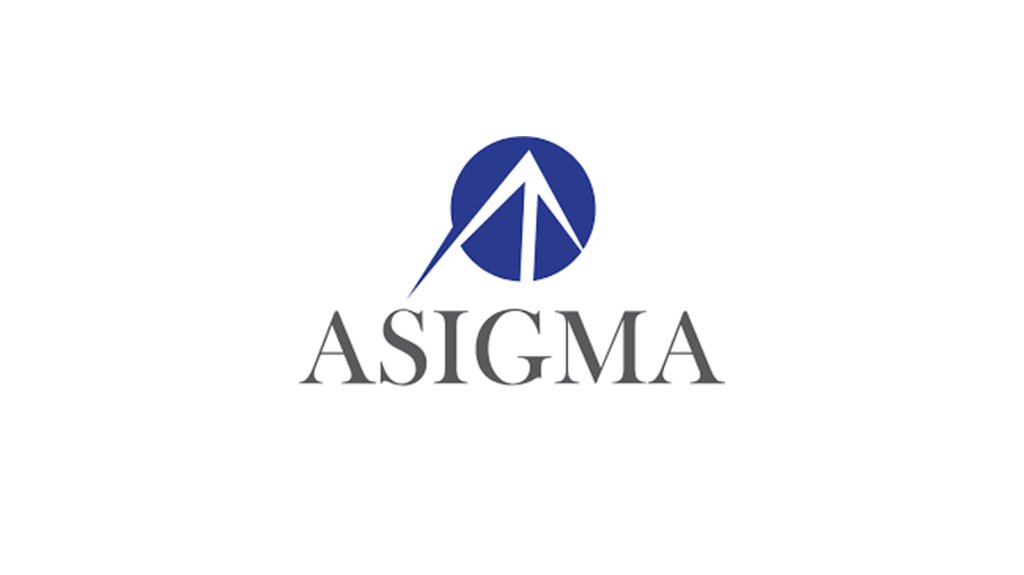

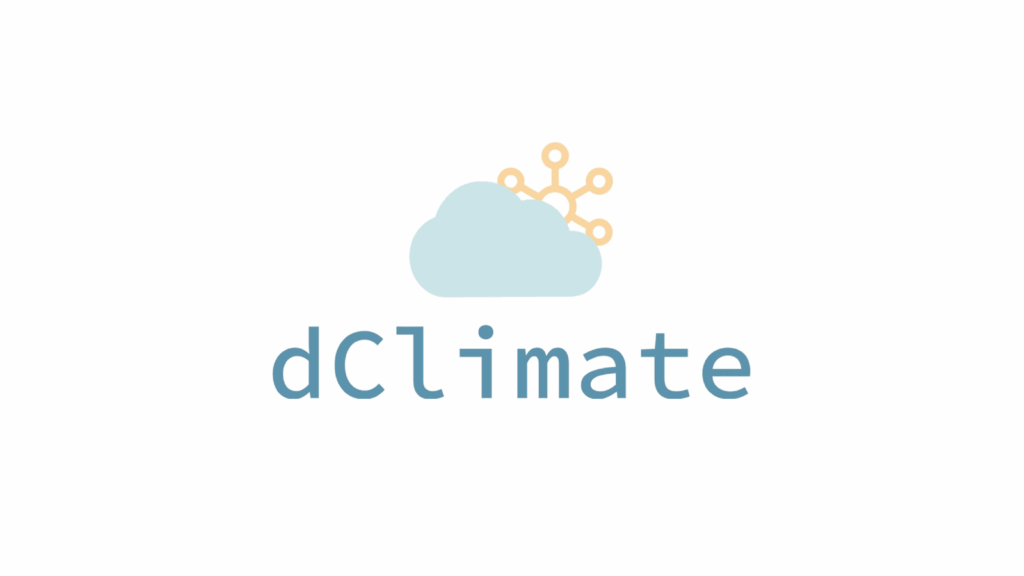
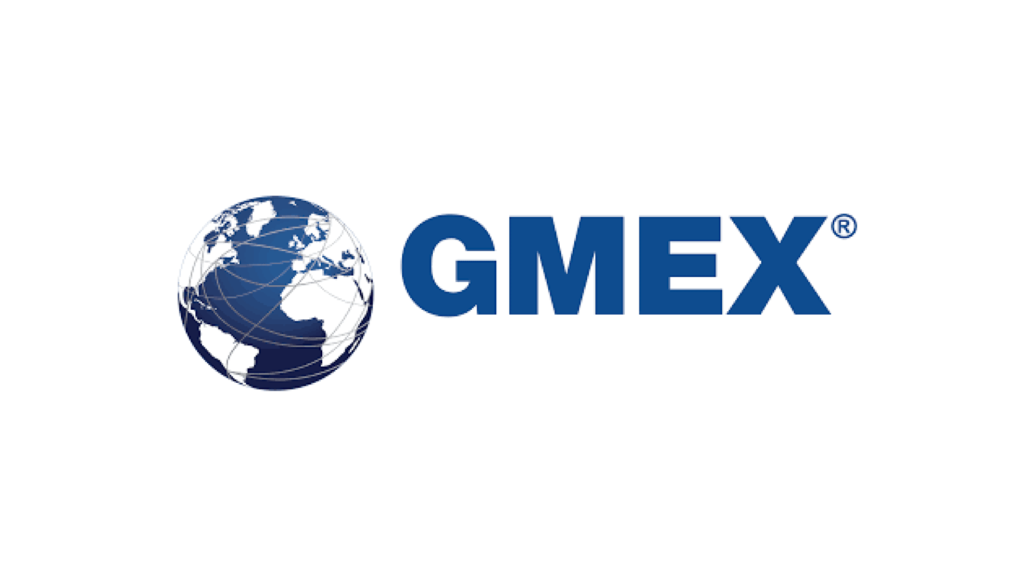
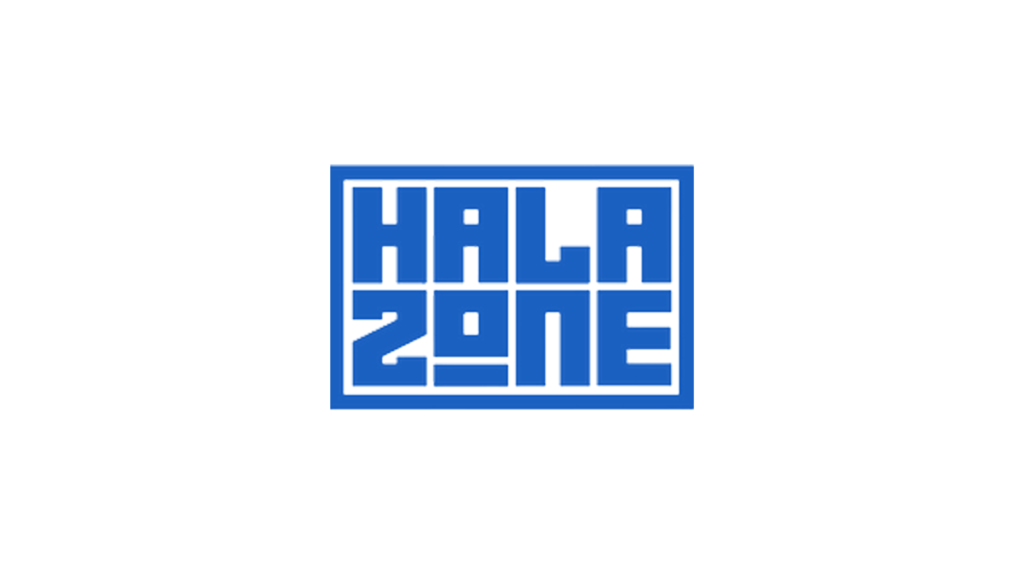
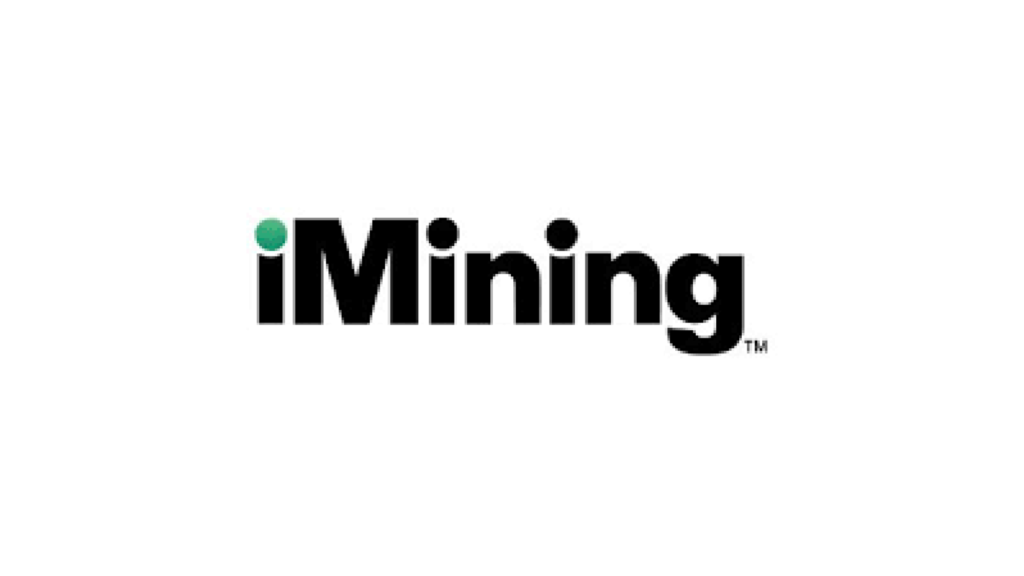

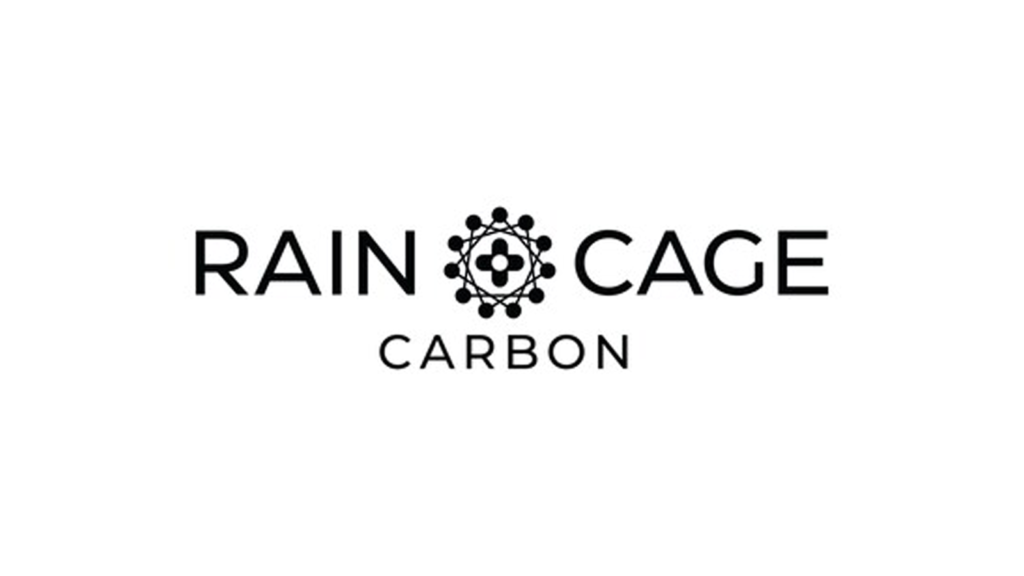
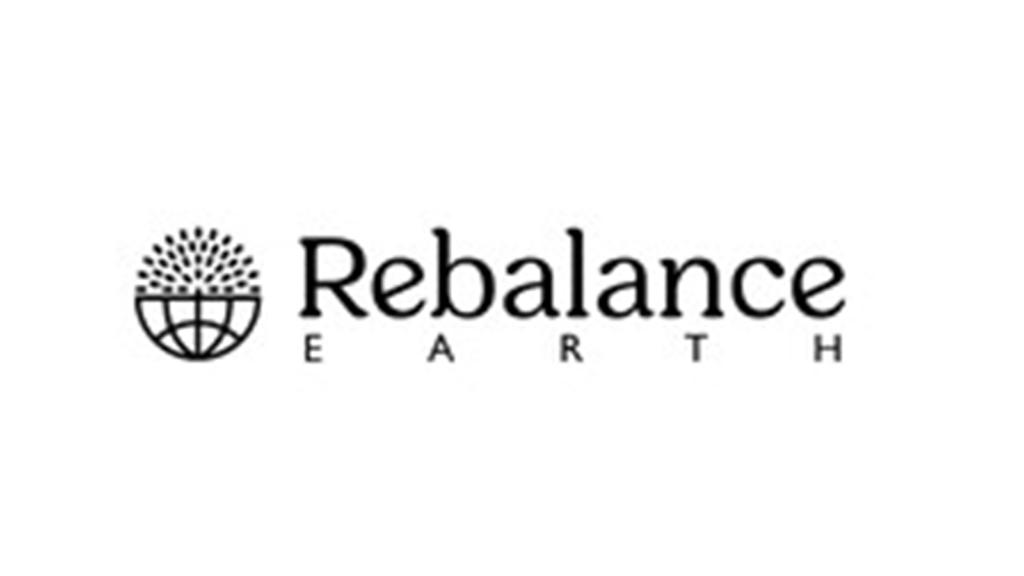


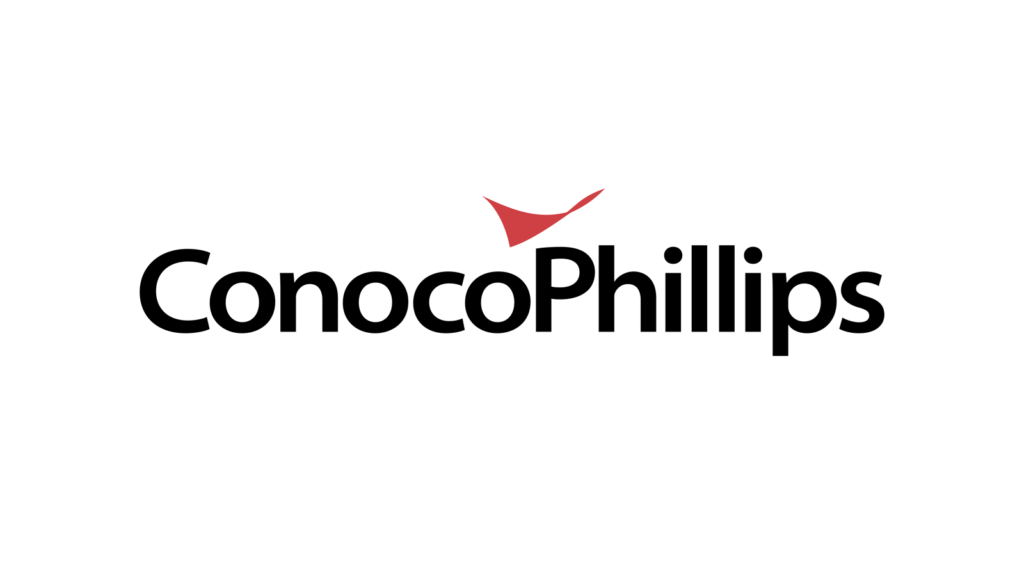
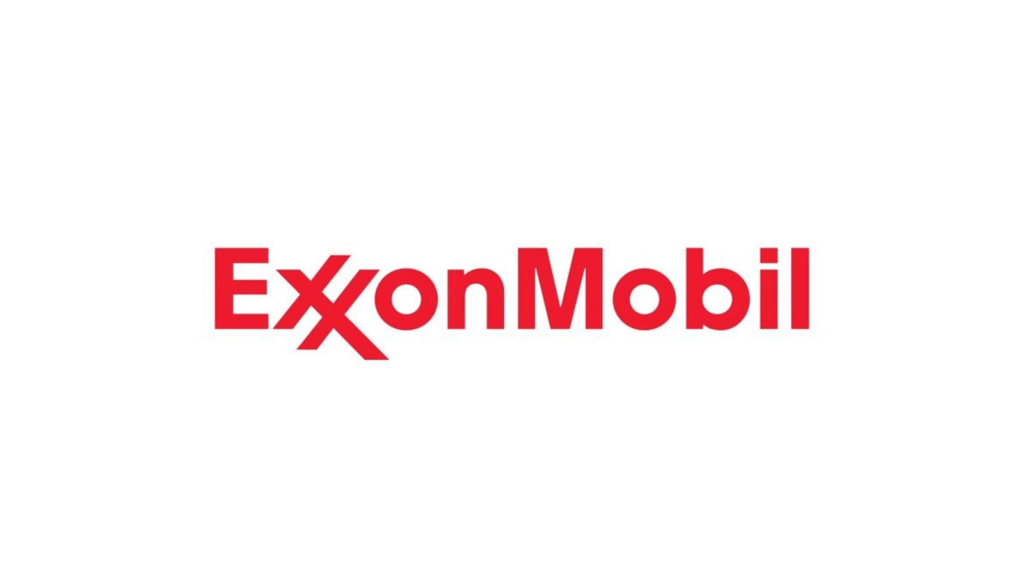
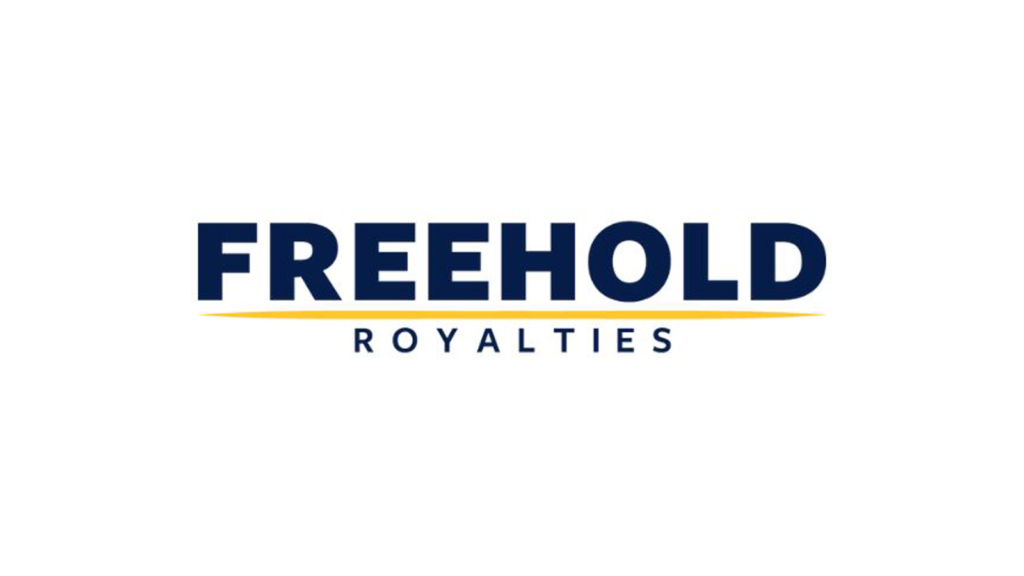

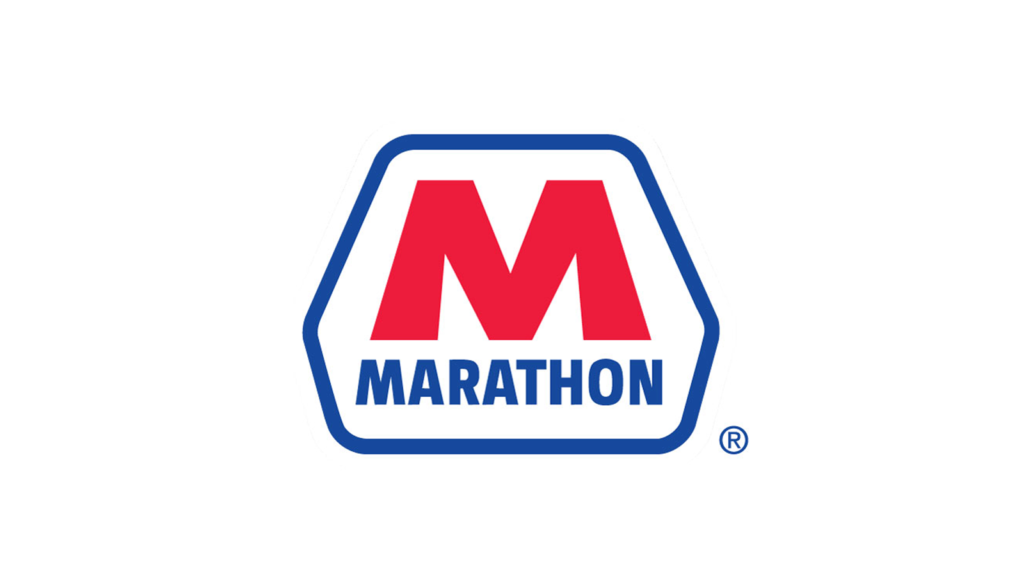
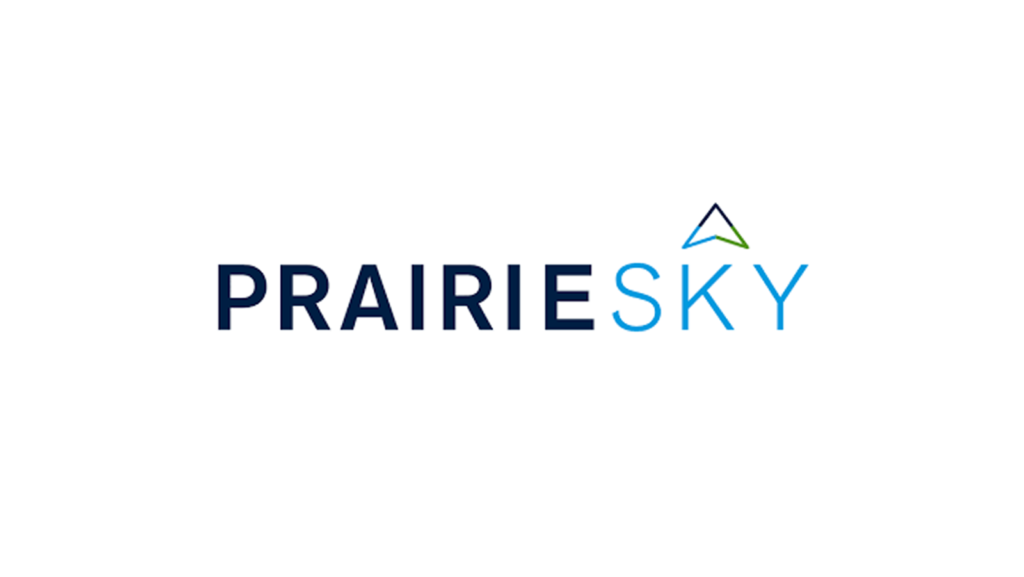
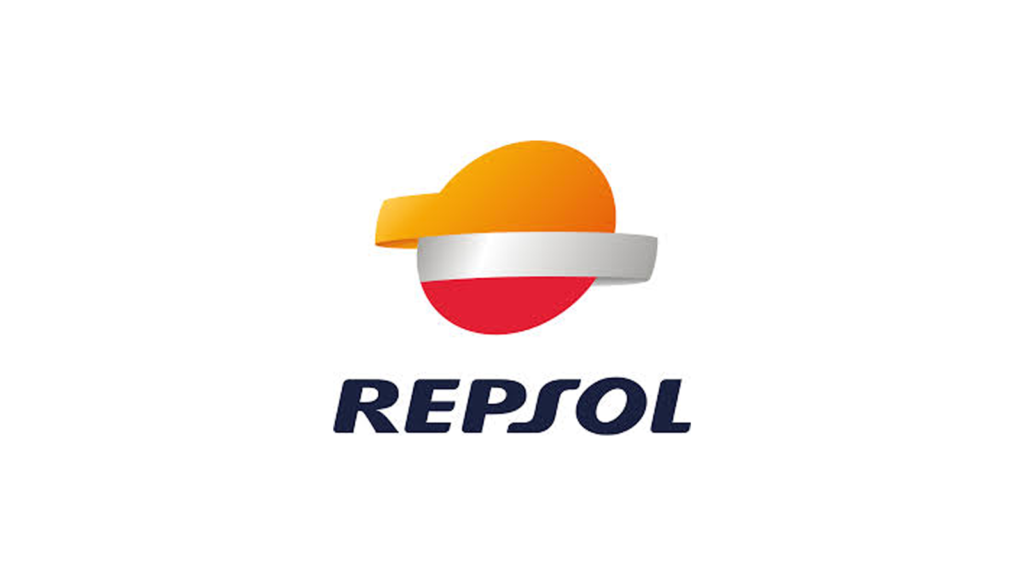
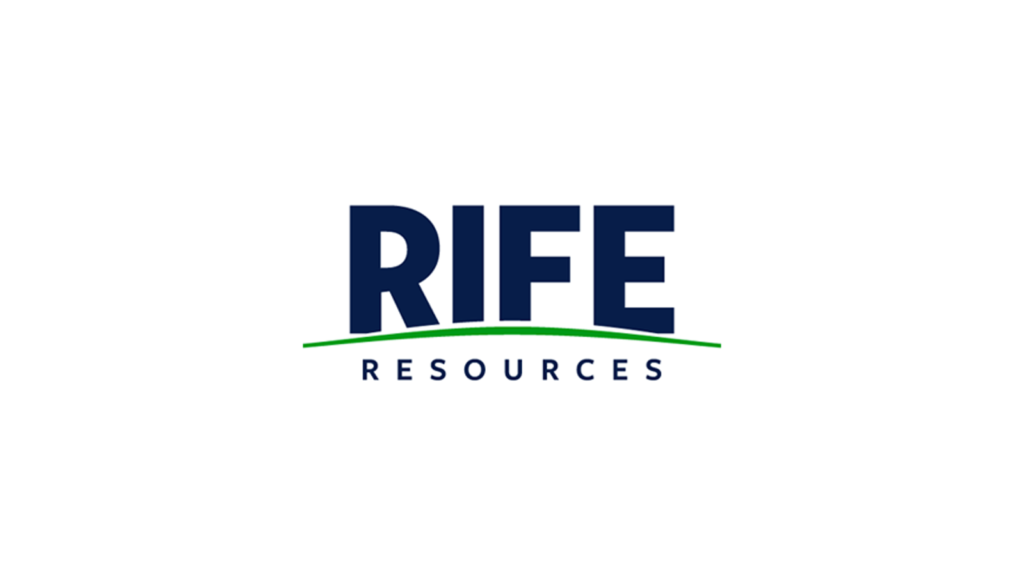

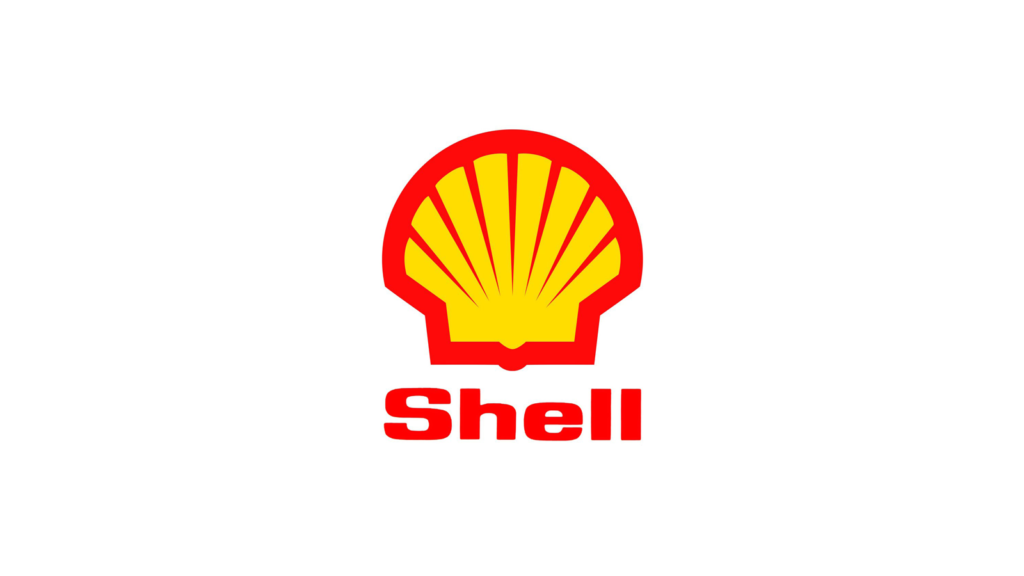
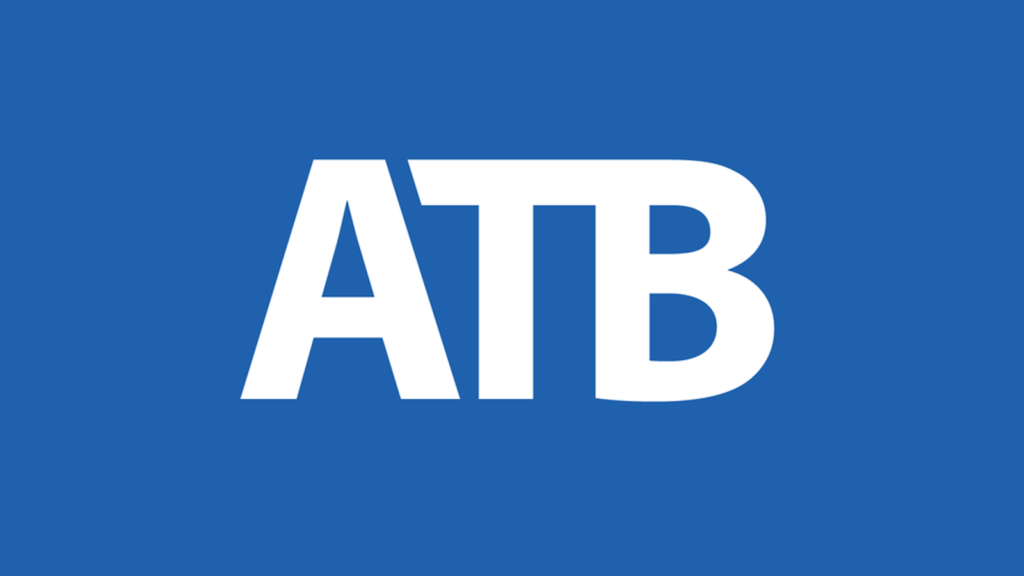






You must be logged in to post a comment.